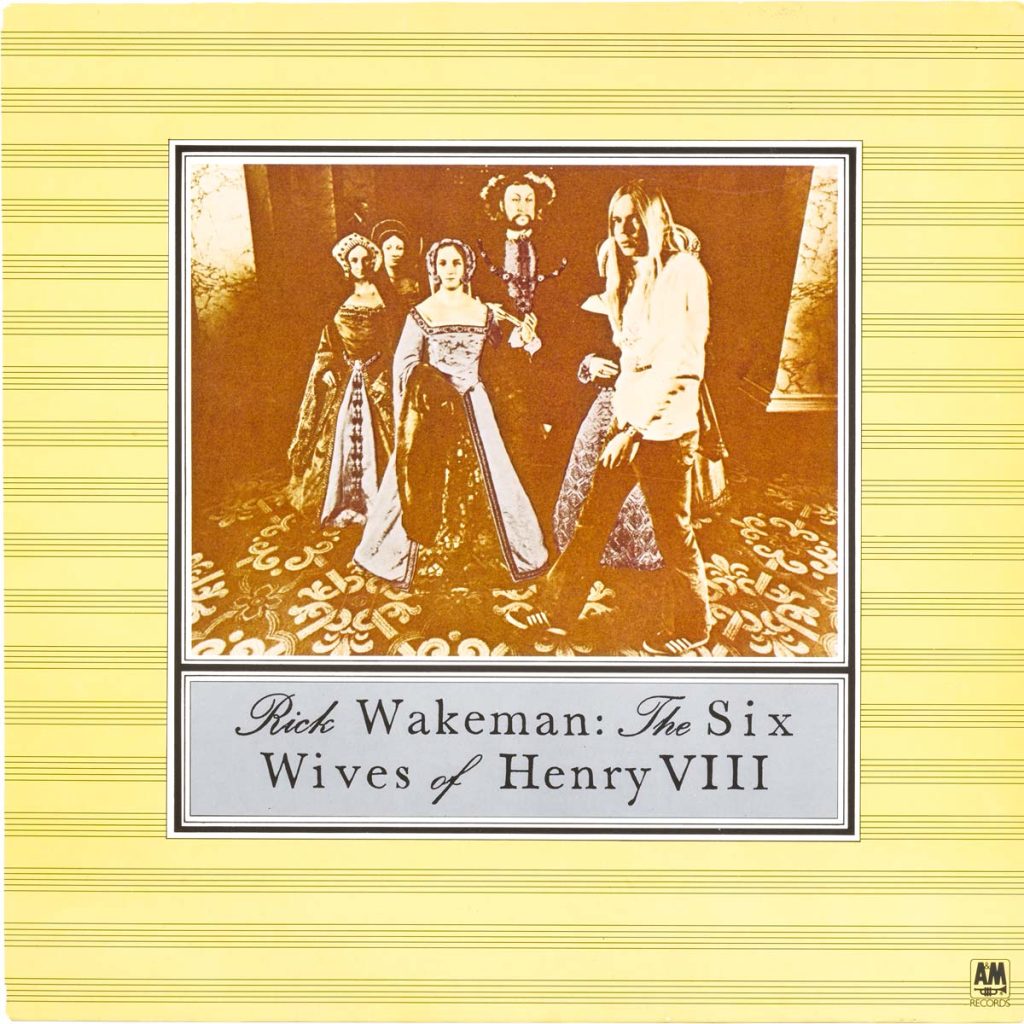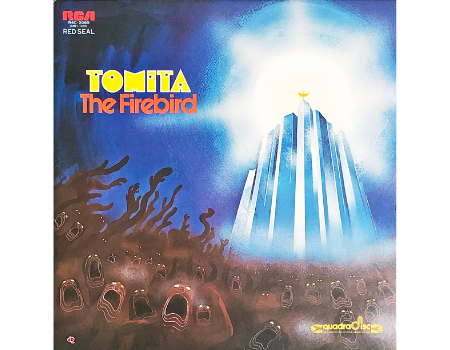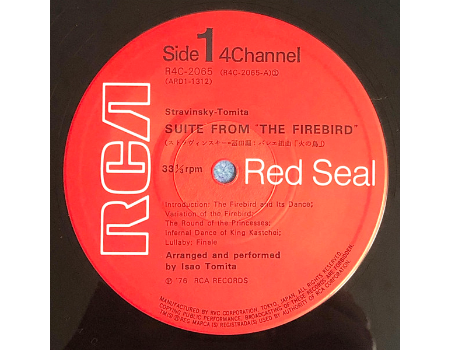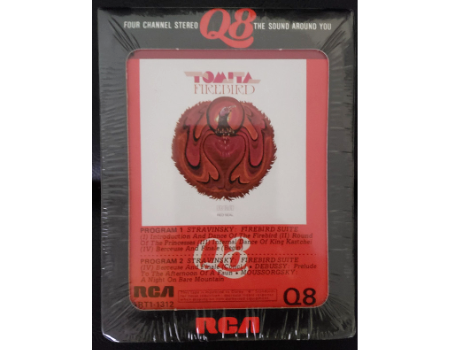The new Yes launch that got here out on Record Store Day presents a whole live performance the British progressive rock band carried out on November 15, 1972. A 3-LP set, Live at Knoxville Civic Coliseum, Knoxville, Tennessee captures a interval of transition for Yes. Right after the band spent months squeezing in recording periods through the Fragile tour as a way to file Close to the Edge, it was time to go on tour once more. However, there was one main complication: Bill Bruford, who had been the drummer for the group for the reason that first album (CTTE was the fifth), determined to hitch forces with King Crimson.
Replacing Bruford offered an fascinating problem for the brand new drummer, Alan White, who handed away on May 26, 2022. White needed to study, at warp pace, songs that had been extraordinarily advanced. Knoxville presents a present from early within the tour, and the band is in high-quality type. Bruford was a superb drummer, however White’s heavier sound and extra aggressive assault appeared to suit the bigger venues the band was beginning to play throughout this tour. Already an aggressive bass participant, Chris Squire grew to become that rather more animated, and the band as an entire rocked significantly more durable than earlier than whereas retaining their epic sweep.
Almost all the things on Knoxville stems from The Yes Album, Fragile, and Close to the Edge. With their excessive use of dynamics, songs like “Heart of the Sunrise,” “I’ve Seen All Good People,” “Roundabout,” “And You And I,” and “Yours Is No Disgrace” begged to be performed dwell, and what you hear on these tracks (and likewise heard on Yessongs, which was principally recorded later within the tour) is the sort of dwell power that’s can’t be captured in a studio. A particular spotlight is “And You and I.” On the CTTE model, Howe principally sticks to acoustic guitar (plus some metal guitar when issues get epic), however the ringing sound of his electrical guitar has its personal attraction right here. (Howe’s solo acoustic performances of “Clap” and “Mood for a Day” are additionally a deal with.) The dramatic use of dynamics in “Heart of the Sunrise” additionally packs a punch dwell—and total, the music from this era of Yes was a grasp class in dynamics.
My favourite efficiency right here is “Yours Is No Disgrace,” which is longer than the Yessongs model. For Yes, there are factors throughout this efficiency when the gamers really sound a bit unfastened, in case you can think about that, with Rick Wakeman sneaking in some honky-tonk riffs on acoustic piano whereas Steve Howe throws in a couple of twangs on electrical guitar. Eventually, although, the noodling offers technique to some huge, bombastic guitar chords from Steve Howe whereas Alan White kilos the skins aggressively. Suddenly the band is rocking in an unconventional method, as soon as making it clear that these progsters had been totally ready to tackle the arenas.
The publish An Evening with Yes: 1972 Set Captures the Band in Fine Form appeared first on The Absolute Sound.






